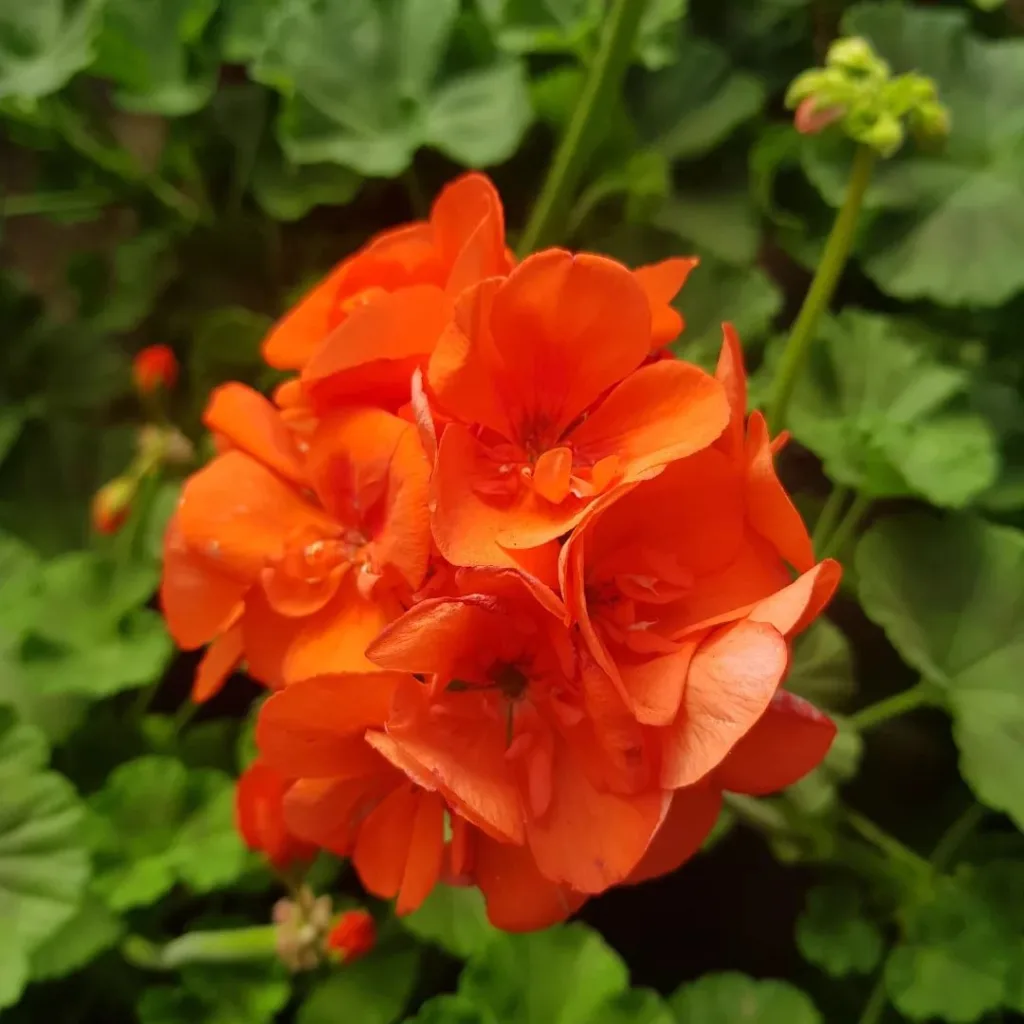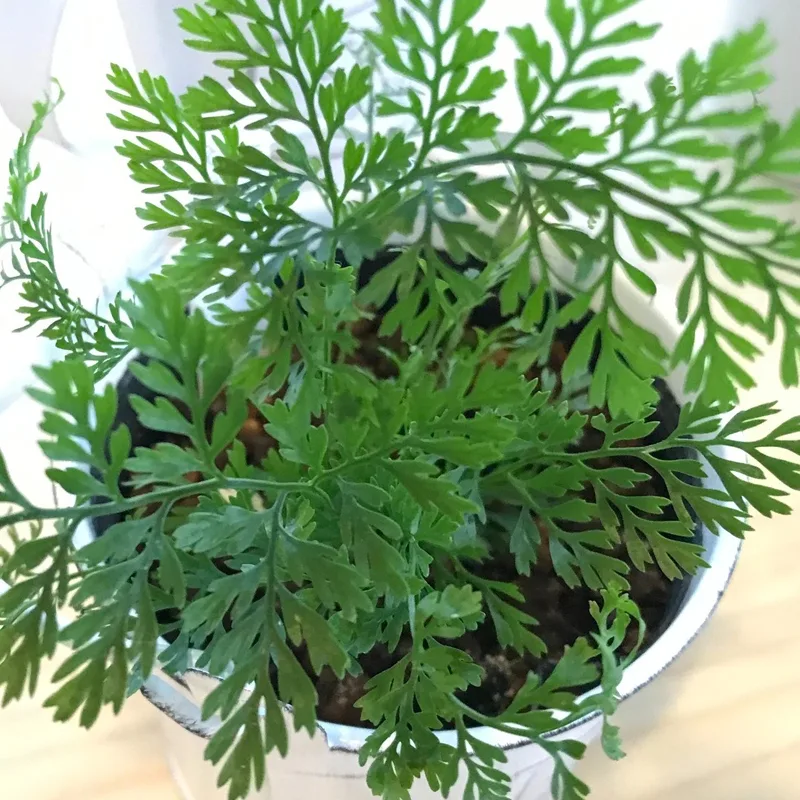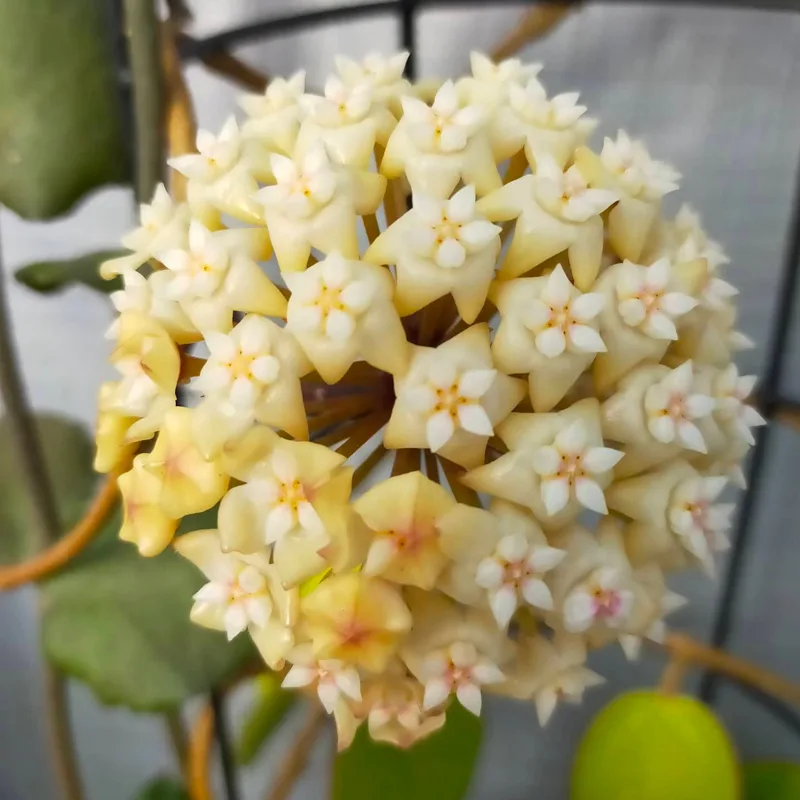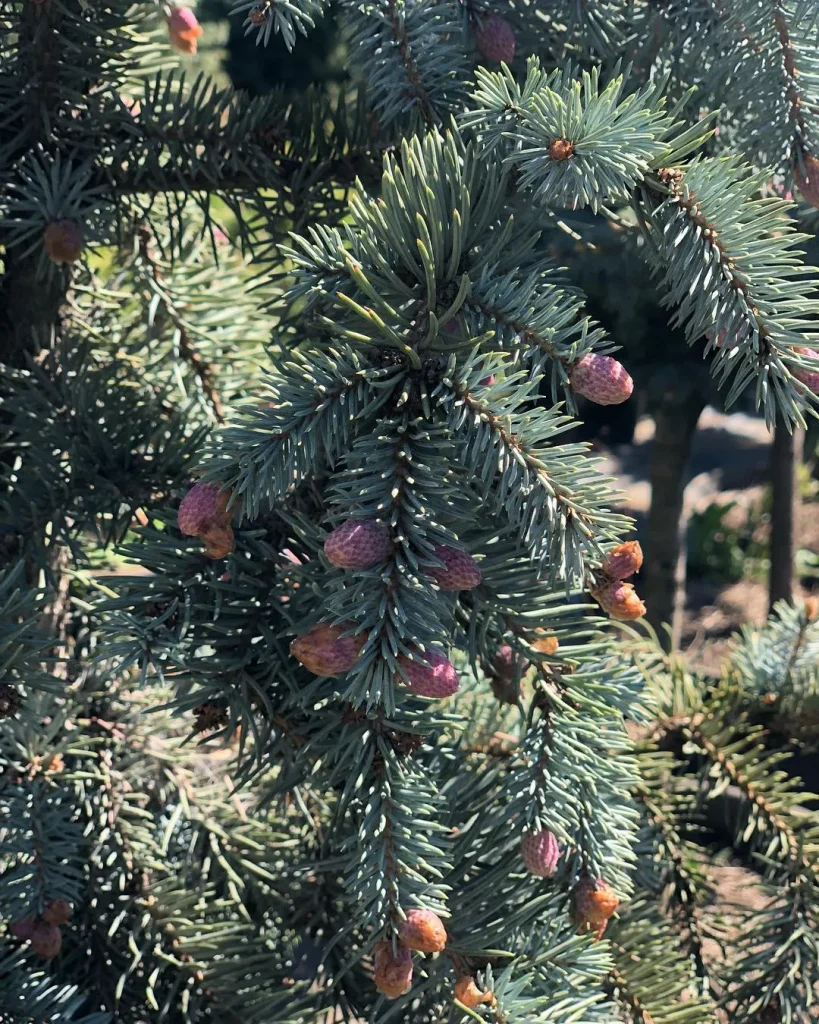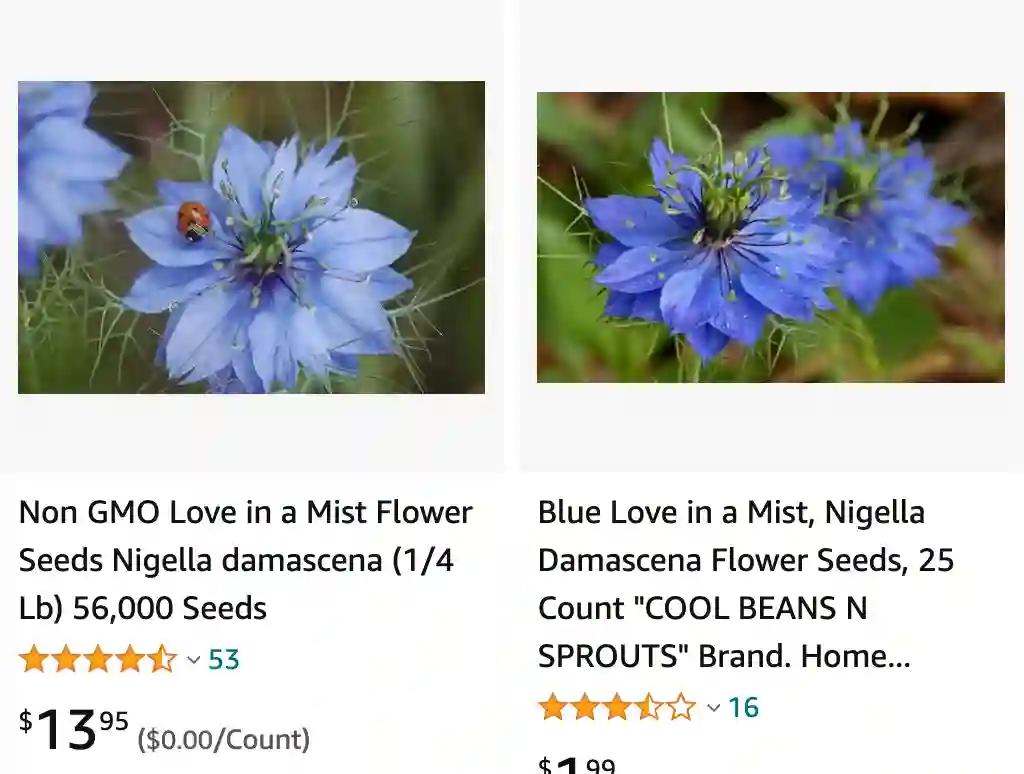
Love in a Mist: My Adventures with Nigella Damascena
Nigella damascena, or love-in-a-mist, has always held a certain mystique for me. The name itself conjures images of delicate blooms shrouded in a veil of secrecy. But beyond the romantic moniker lies a surprisingly easy-going annual flower that rewards with minimal effort. This year, I decided to cultivate my own little cloud of love-in-a-mist, and the journey has been a delightful exploration.
25 Species in Genus Nigella
Nigella damascena vs Nigella sativa
When I grew Nigella damascena, I was captivated by its delicate, lace-like foliage and striking blue flowers, which added a touch of elegance to my garden. In contrast, Nigella sativa, with its robust, dark seeds and slightly more upright habit, seemed more practical, especially when I used the seeds in cooking for their distinct, peppery flavor. I’ve found that while Nigella damascena offers beautiful ornamental value, Nigella sativa is more versatile and useful in the kitchen.
Is Nigella Damascena Edible?
The question of edibility is always a good starting point, especially with enticing names like love-in-a-mist. The answer, however, is a bit of a paradox. While the seeds themselves are indeed used as a spice in some cultures, particularly in the Middle East and North Africa, other parts of the plant can be toxic. The leaves and stems contain nigellin, a compound that can cause stomach upset and skin irritation. So, while the seeds might add an intriguing black pepper-like flavor to your dishes, it’s best to admire the foliage from afar.
When to Plant Nigella Damascena?
The beauty of Nigella damascena lies in its versatility. Unlike many finicky flowers, it thrives in both cool spring and mild fall weather. Here in [your location], I opted for a late spring planting, allowing the vibrant blooms to usher in the summer months. However, if you have a longer growing season, you can sow seeds directly outdoors in early fall for a burst of color come spring.
How to Plant Nigella Damascena?
Nigella damascena is a true testament to the concept of “less is more” gardening. Here’s the beauty of it all: you don’t need fancy equipment or a perfectly prepped seedbed. Simply scatter the seeds directly onto well-drained soil in a sunny location. Gently rake the soil to ensure good seed-to-soil contact, and then let nature take its course. The seeds germinate readily with minimal fuss, and within weeks, you’ll be rewarded with a carpet of feathery green foliage.
How to Grow Nigella Damascena from Seed?
As mentioned earlier, Nigella damascena is a self-seeding champion. Once your initial planting matures and produces its signature seed pods, those inky black treasures will readily fall back to the soil, ensuring a delightful surprise of seedlings the following year. However, if you want more control over placement or specific varieties, seed saving is a breeze. Simply allow the seed pods to dry completely on the plant, then collect and store them in a cool, dry place until planting time.
Is Nigella Damascena Poisonous?
As mentioned before, caution is key when it comes to the non-seed parts of the Nigella damascena plant. The leaves and stems contain nigellin, which can cause stomach upset and skin irritation. It’s always advisable to wear gloves when handling the plant and to keep it out of reach of children and pets.
How to Care for Nigella Damascena?
Nigella damascena is a low-maintenance wonder. Once established, it thrives on neglect. Regular watering, especially during prolonged dry spells, is appreciated, but otherwise, this self-sufficient charmer requires minimal intervention. In fact, over-fertilizing can lead to leggy plants with fewer blooms. The key is to allow the soil to dry slightly between waterings.
Deadheading for Longer Blooms
While Nigella damascena is content to do its own thing, a little deadheading can extend the flowering period. Once the blooms begin to fade, simply snip off the spent flowers at the base. This not only keeps the plant looking tidy but also encourages the production of new blooms.
What to Plant with Nigella Damascena?
Nigella damascena’s ethereal beauty pairs well with a variety of flowering companions. Low-growing annuals like cosmos and marigolds create a vibrant tapestry, while taller plants like hollyhocks provide a majestic backdrop. For a more romantic touch, consider planting them alongside fragrant roses or lavender.
My foray into the world of Nigella damascena has been a delightful discovery. From the effortless planting to the enchanting blooms, this easy-going flower has added a touch of whimsical charm to my garden. So, if you’re looking for a low-maintenance bloomer that delivers big on aesthetics, look no further than the love-in-a-mist.
If i die, water my plants!
